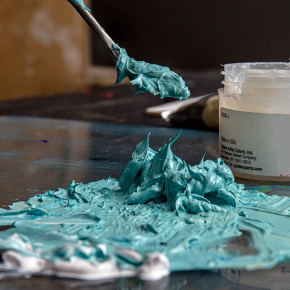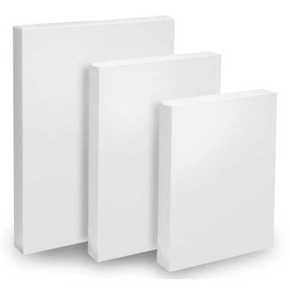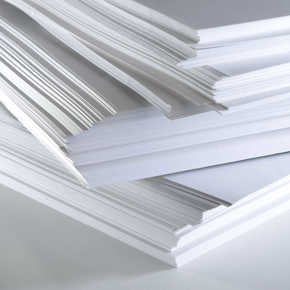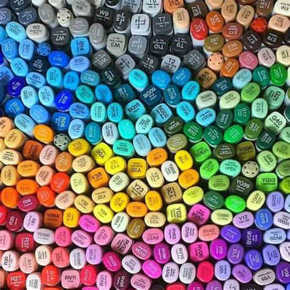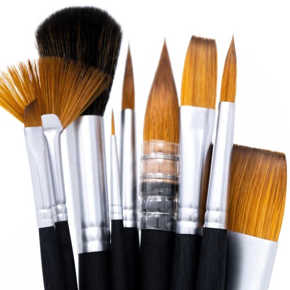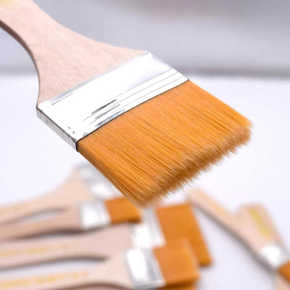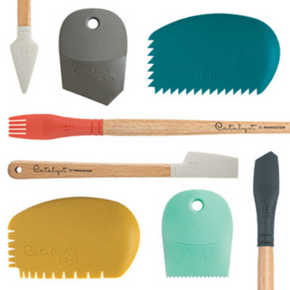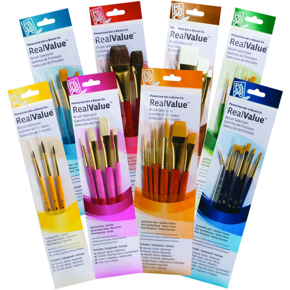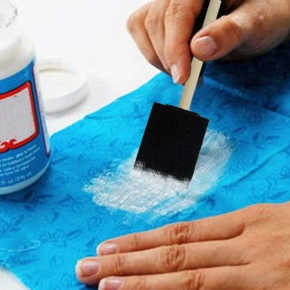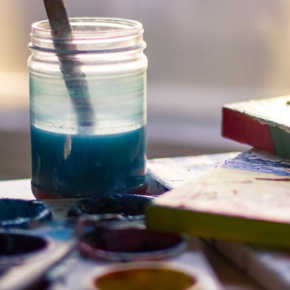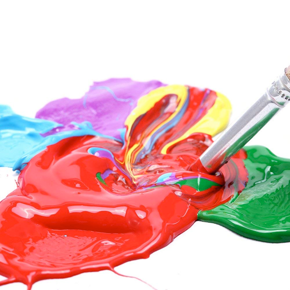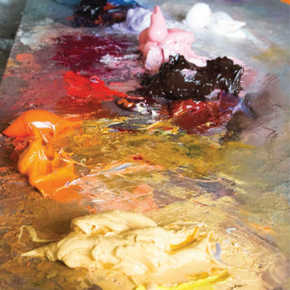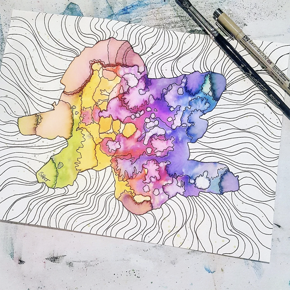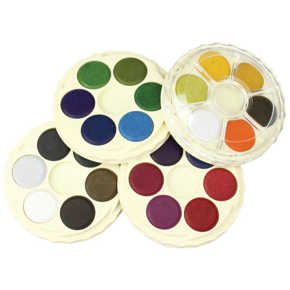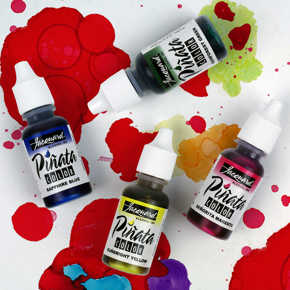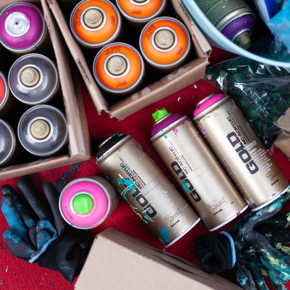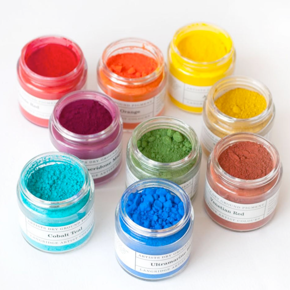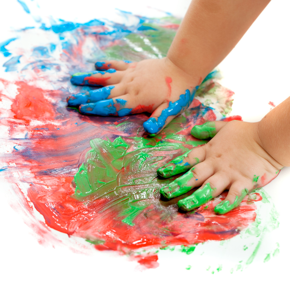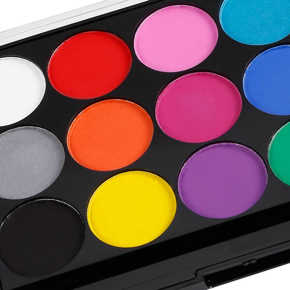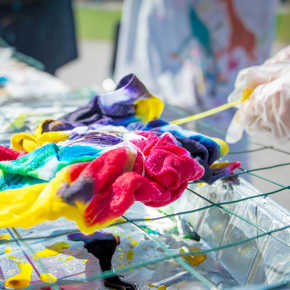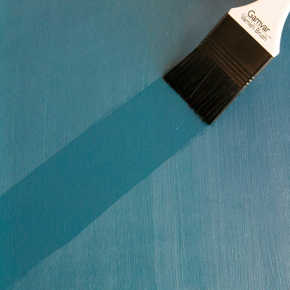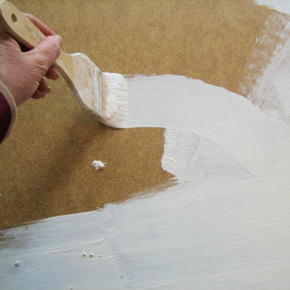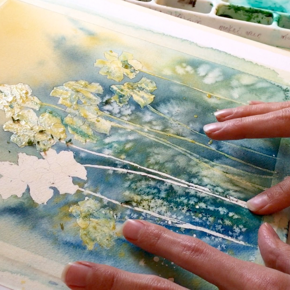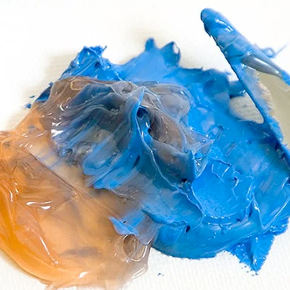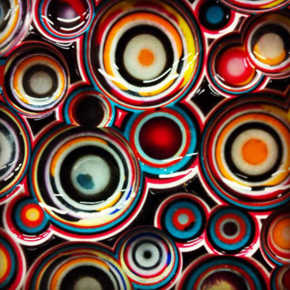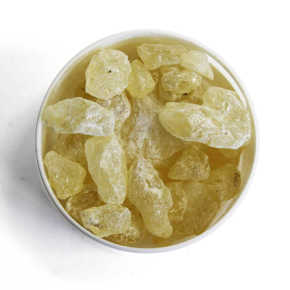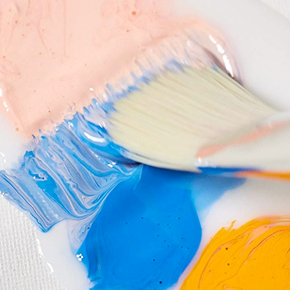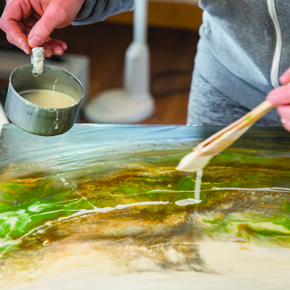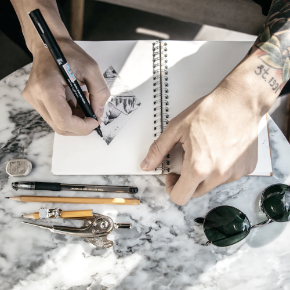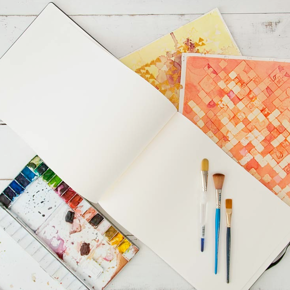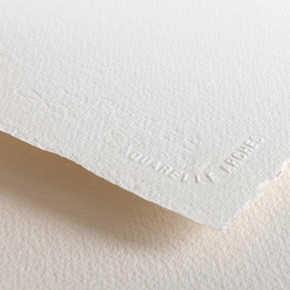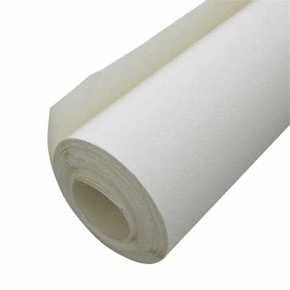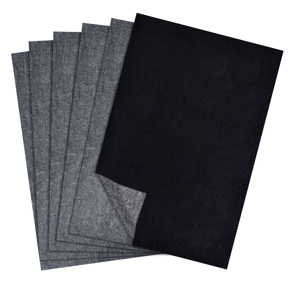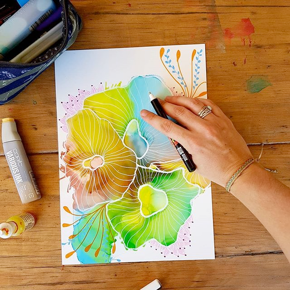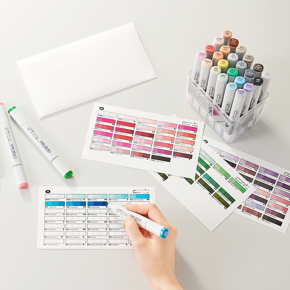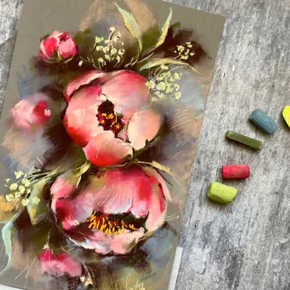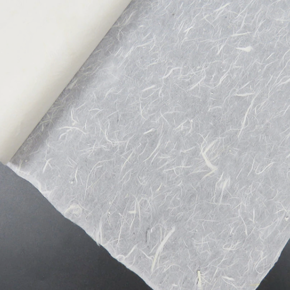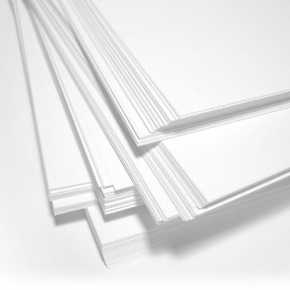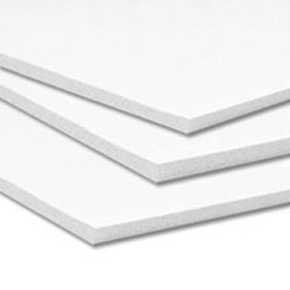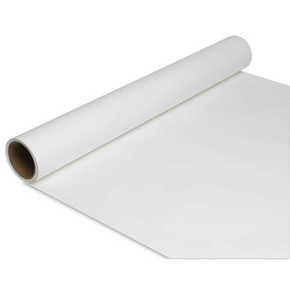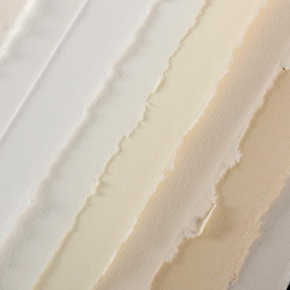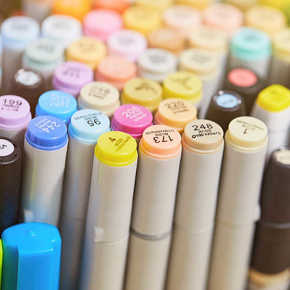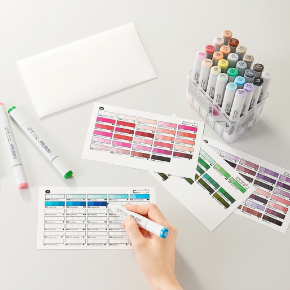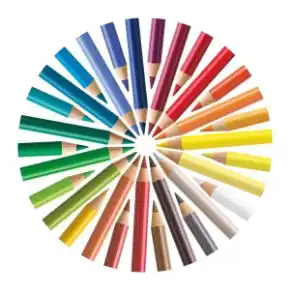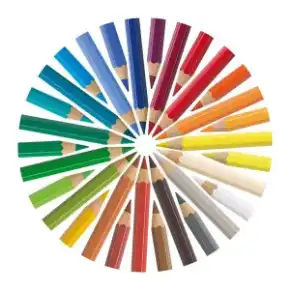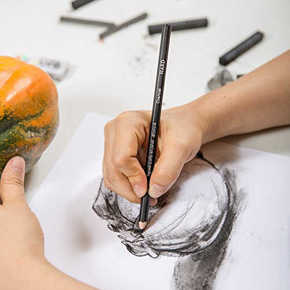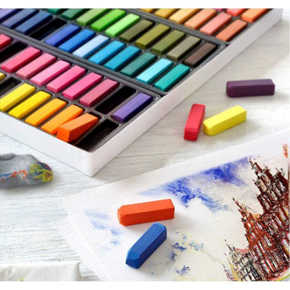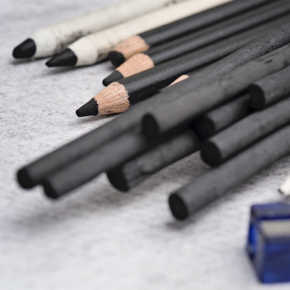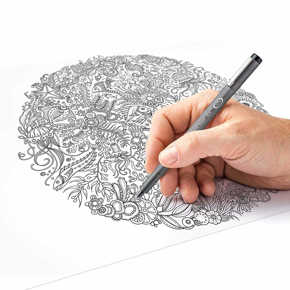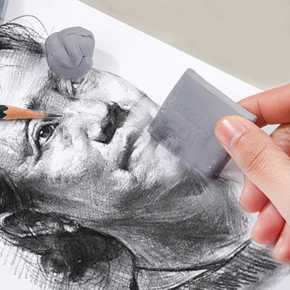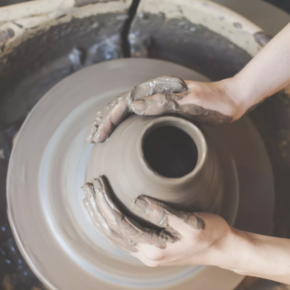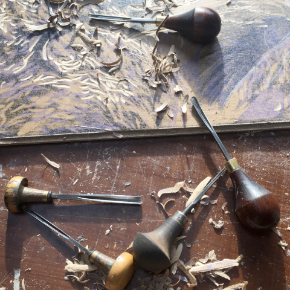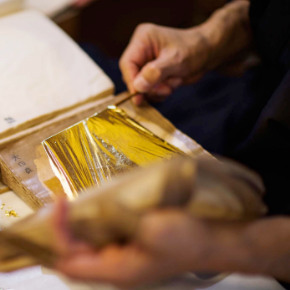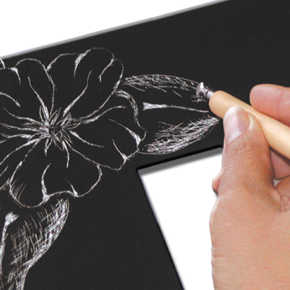
Artists often struggle to preserve white spaces on their paintings, but watercolour masking fluid is the perfect solution.
This magical medium allows artists to create intricate details and striking effects by blocking out areas they want to protect from paint.
Watercolour masking fluid is indispensable for artists eager to maintain crisp white spaces in their artwork.
By applying this fluid, they can confidently protect specific areas, ensuring that those sections remain untouched by subsequent layers of paint. This opens a world of creative possibilities, allowing artists to execute their vision with greater precision and impact.
With its protective qualities, the fluid is especially useful for creating highlights and intricate designs. Artists can easily achieve high-contrast effects, making certain parts of their painting pop.
Indeed, watercolour masking fluid is a valuable addition to any artist's toolkit. Its ability to safeguard details and enhance the complexity of watercolour paintings proves essential for those aiming to elevate their artistry. This should encourage artists of all levels to experiment and discover new realms of creativity.
Watercolour masking fluid is a must-have tool for artists looking to achieve pristine white spaces in their paintings. By applying this fluid, they can protect specific areas from unwanted paint, ensuring clean, crisp results every time.
This versatile medium is especially practical for creating detailed highlights and intricate designs. It allows artists to work with confidence, preserving essential parts of their artwork while layering on vivid colours.
When used effectively, watercolour masking fluid can elevate the overall complexity and visual interest of a painting. It’s perfect for both beginners and seasoned artists aiming to add sophistication to their works.
To use the masking fluid, simply brush it onto the areas that need protection, let it dry, and then paint over it. Once the paint is dry, the fluid can be effortlessly removed, revealing the untouched paper beneath.
This essential guide will help anyone make the most of this powerful tool. Embrace the creative possibilities and discover how watercolour masking fluid can transform your painting process.
In short, watercolour masking fluid is an invaluable asset for any artist. It offers unparalleled control and flexibility, empowering creatives to bring their visions to life with precision and flair.
Watercolour Masking Fluid FAQ
Watercolour masking fluid can revolutionise the way artists approach their paintings. Here are some common questions about this essential tool.
What is watercolour masking fluid?
Watercolour masking fluid is a medium that protects specific areas of paper from paint.
How do I apply masking fluid?
Use a brush or applicator to apply the fluid to areas you want to keep paint-free.
How long does it take for the masking fluid to dry?
Typically, masking fluid dries within minutes, but it can vary based on the brand and thickness applied.
How do I remove the masking fluid?
Once the paint is dry, gently rub off the masking fluid with a clean finger or an eraser.
Can masking fluid damage my paper?
If applied and removed correctly, masking fluid should not damage the paper. Always test on a scrap piece first.
Is masking fluid safe for all paper types?
Masking fluid is generally safe for most watercolour papers, We find 100% cotton papers are best but it is best to check the manufacturer’s recommendations.
Can I tint watercolour masking fluid?
Yes, some artists add a small amount of watercolour to the fluid to make it easier to see on the paper.
How do I store masking fluid?
Store in a cool, dry place, tightly sealed to prevent it from drying out.
Can I use masking fluid with other mediums?
While primarily designed for watercolours, masking fluid can also be used with inks and some other mediums, but always conduct a test first.
Are there alternatives to masking fluid?
Some alternatives include wax or tape, but they may not provide the same precision and ease of use.




